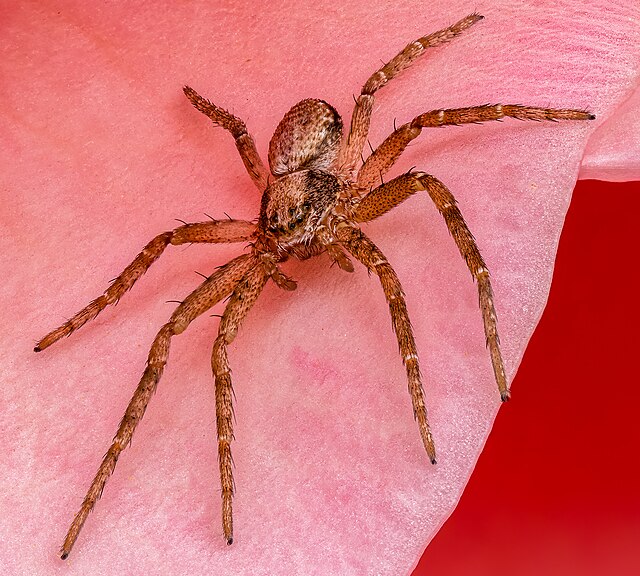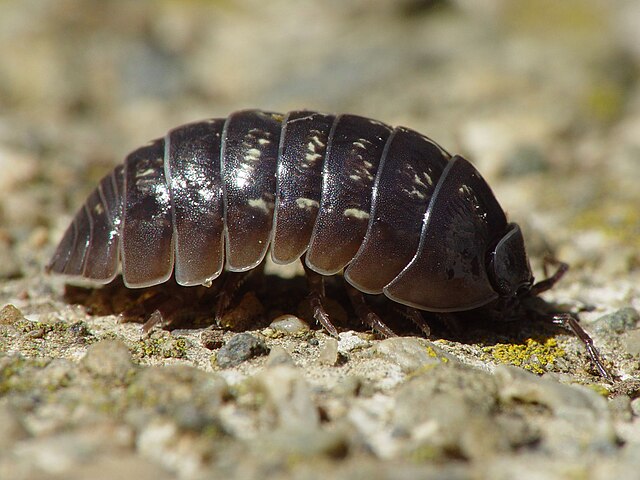Thrips are minute, slender insects with fringed wings and unique asymmetrical mouthparts. Entomologists have described approximately 7,700 species. They fly only weakly and their feathery wings are unsuitable for conventional flight; instead, thrips exploit an unusual mechanism, clap and fling, to create lift using an unsteady circulation pattern with transient vortices near the wings.
Thrips
Typical Tubulifera thrips: the feathery wings are unsuitable for the leading edge vortex flight of most other insects, but support clap and fling flight.
Leaf suffering from thrips
Asymmetric mouthparts of Heliothrips
Insects are hexapod invertebrates of the class Insecta. They are the largest group within the arthropod phylum. Insects have a chitinous exoskeleton, a three-part body, three pairs of jointed legs, compound eyes, and a pair of antennae. Insects are the most diverse group of animals, with more than a million described species; they represent more than half of all animal species.
Insect
Insect: Six legs, three-part body (head, thorax, abdomen), up to two pairs of wings
Spider: eight legs, two-part body
Woodlouse: seven pairs of legs, seven body segments (plus head and tail)








